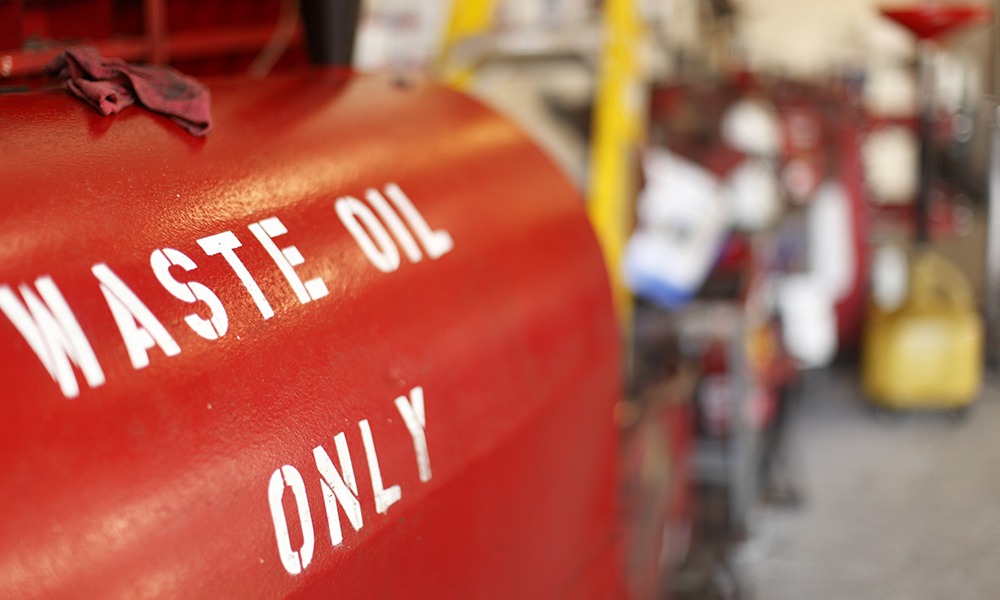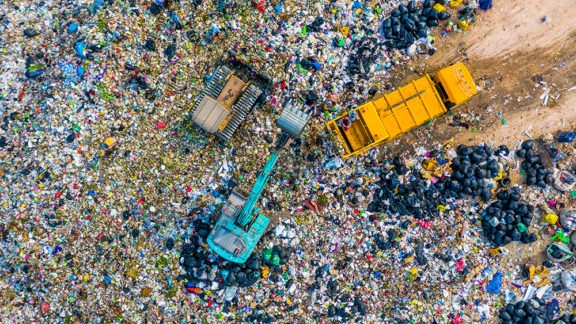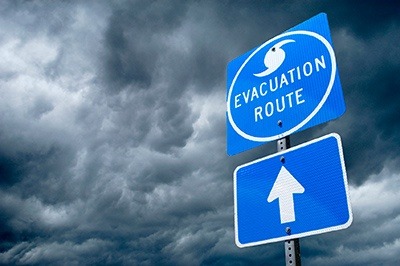A little-known provision of a 2019 law may provide regulatory relief to companies that generate used oil in California. The state’s hazardous waste regulations have long required used oil to be managed as a state-regulated hazardous waste unless the used oil meets certain purity standards. This meant companies could technically manage used oil as a non-hazardous waste, but that led to inconvenient and costly testing each time the waste was generated. Considering this burden of proof, most companies opted not to.
Enter California State Assembly Bill (AB) 2928, which became effective on January 1, 2019. AB 2928 introduced the concept of “generator of highly controlled used oil.” The oil purity standards remained the same; however, the state now requires companies in this new category to test their used oil only once per year. I’ve worked with firms to help them take advantage of this opportunity but noticed that many aren’t even aware of its existence. Read on to see if you qualify.
To be considered a generator of highly regulated used oil, a facility must meet the criteria that consist of oil purity standards, generator qualifications, and operating requirements, detailed below.
Oil purity standards
To avoid penalties for failing to manage your generated used oil as hazardous waste, it must meet the following purity standards:
- Flashpoint – Recycled oil to be burned for energy recovery must have a minimum flashpoint of 100 degrees Fahrenheit.
- Total lead – 50 milligrams per kilograms (mg/kg) or less.
- Total arsenic – 5 mg/kg or less.
- Total chromium – 10 mg/kg or less.
- Total cadmium – 2 mg/kg or less.
- Total polychlorinated biphenyls (PCBs) – less than 2 mg/kg.
- Total halogens – 3000 mg/kg or less. However, recycled oil cannot contain more than 1,000 mg/kg total halogens.
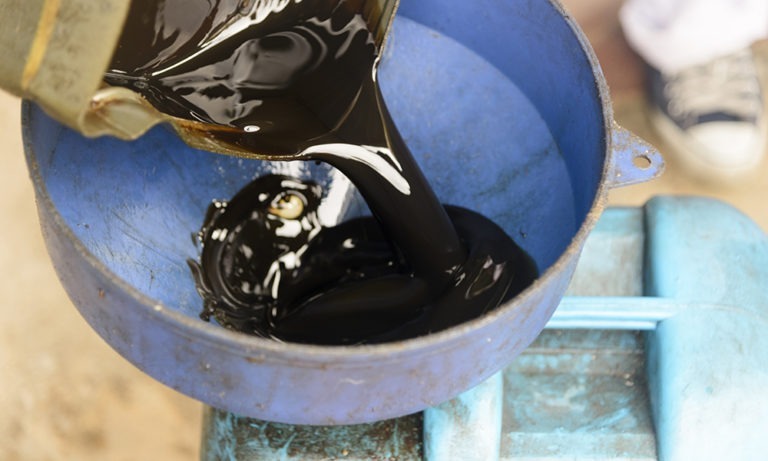
Generator qualifications
You must meet all the following requirements to qualify as a generator of highly controlled used oil:
- You service, repair, and maintain only equipment that you own and operate.
- You do not derive revenue from the activities described above.
- The used oil generated is from your own equipment and that equipment is of similar types used under similar operating conditions.
- You do not use or store halogenated solvents, or any products containing halogenated solvents, in the same location at the site at which the used oil is generated or stored. Halogenated solvents are a group of chemicals including bromine, chlorine, fluorine, and iodine used for the precision cleaning of circuit boards or tiny metal parts.
Operating requirements
A qualified generator of highly controlled used oil that intends to manage the used oil as a non‑hazardous waste must:
- Notify the Department of Toxic Substances Control (DTSC) in writing that your used oil is exempted from regulation. The notification must also include a signed certification statement.
- Provide a signed certification statement to DTSC stating that:
- The statements listed under Generator Qualifications are true, and
- You, as a generator, employ management practices that prevent halogenated solvents and PCBs from encountering, or commingling with, the used oil.
This certification must be provided at the time you notify DTSC that your used oil is exempt from regulation.
- Comply with testing requirements, which include the purity standards listed above and the waste determination requirements in 22 California Code of Regulations § 66262.11.
- Include a separate, signed certification statement based on this DTSC form with each shipment of oil claimed as exempt from regulation.
- Maintain copies of test results and associated documentation (e.g., shipping papers, certification statements) for at least 3 years.
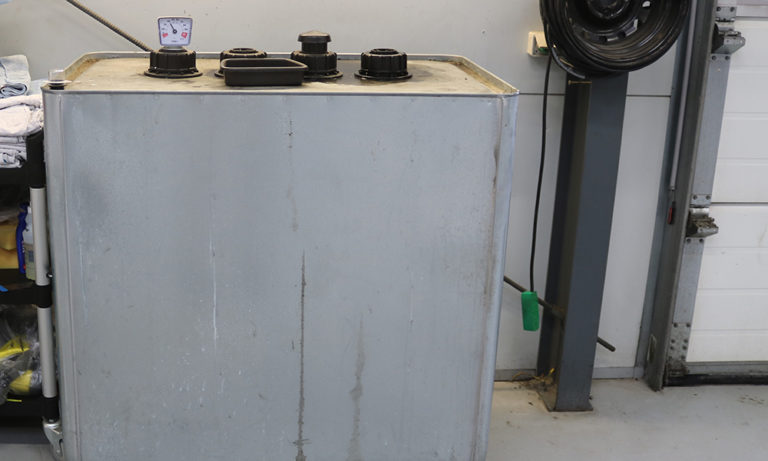
Recommendations
Ultimately the question of whether you should manage your used oil in this way depends on a few key factors. For starters, is there an economic advantage? Used oil recyclers and transporters have given no indication of a price reduction for used oil accepted as non-hazardous waste, so be sure to contact your recycler to find out. Even if a used oil recycler offers a lower price for accepting used oil as a non‑hazardous waste, the cost savings may be negligible if you generate only a small amount of used oil along with other hazardous waste streams. Consider also the increased administrative burden involved in managing your used oil this way.
That said, if you can significantly reduce your company’s risk by qualifying as a generator of highly controlled used oil, that would be a tangible benefit. Examples of these types of generators might include:
- An existing hazardous waste generator that only generates used oil.
- A large-quantity generator whose status would be reduced to a small quantity generator if the used oil is exempt from regulation.
- Generators that accumulate used oil in tanks.
If your company generates used oil in California and is interested in managing that waste as a generator of highly controlled used oil, you’ll want to review your specific situation with an expert. Contact me to discuss whether your used oil would qualify and if it’s worth taking advantage of this opportunity.
Published: 7/26/2021
Author

Senior Associate
